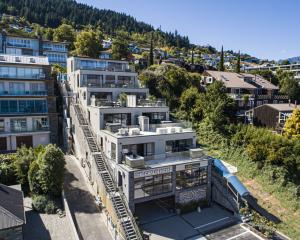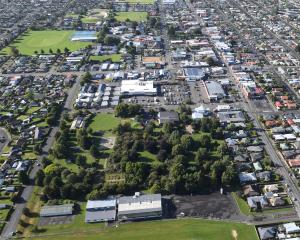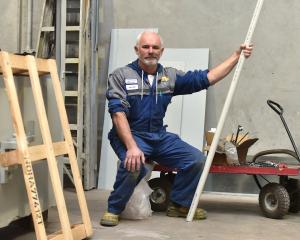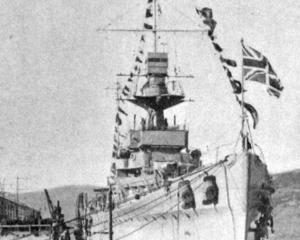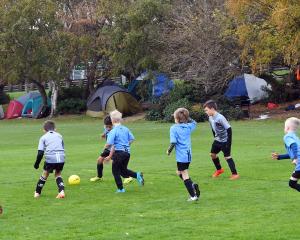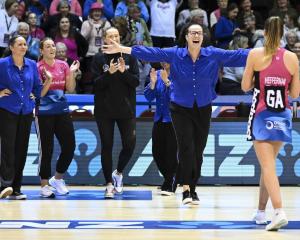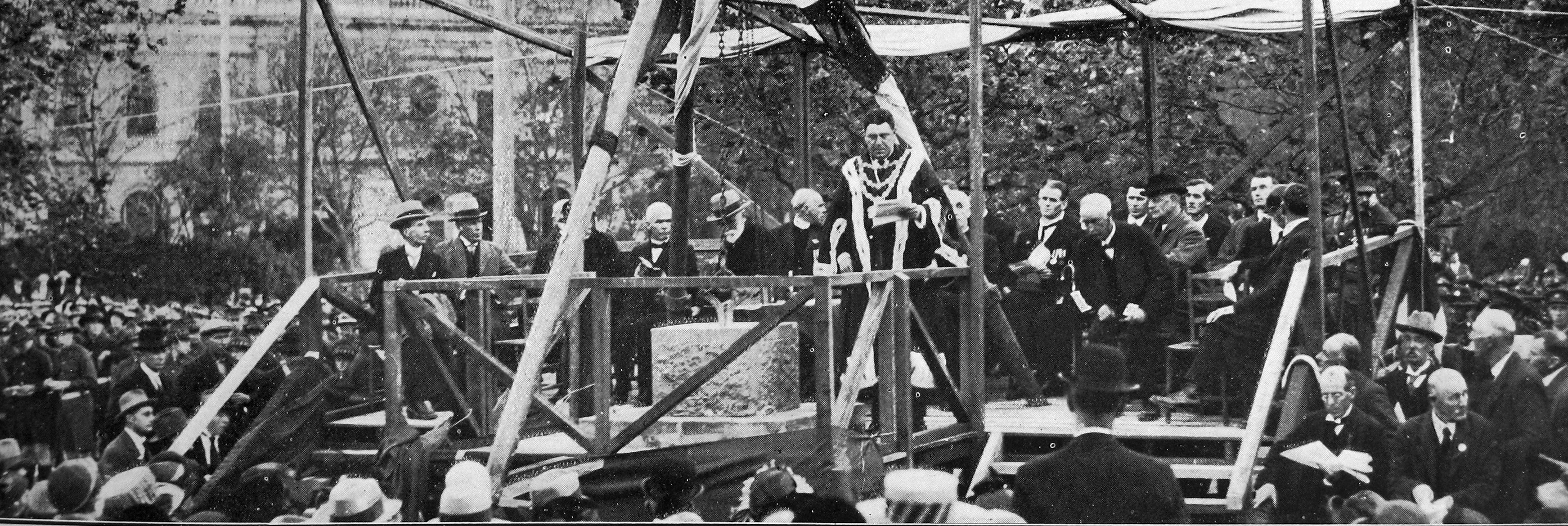
The two chief functions of the afternoon were the Returned Soldiers’ Association’s memorial service in His Majesty’s Theatre, and the laying of the foundation stone of the city’s war memorial in the Triangle.

The usual Anzac Day procession was formed outside the RSA Club at 2 o’clock yesterday, and, headed by the Highland Pipe Band, marched to His Majesty’s Theatre. The Anzac Day memorial service, arranged by the Returned Soldiers Association, was held here. The service drew a very large attendance.
Long before the appointed time for the ceremony of laying the foundation stone of Dunedin’s tribute to the fallen soldiers, large numbers of people assembled in the Queen’s Gardens, and by the time the proceedings commenced there were 15,000 present. A space in front of the dais was reserved for the next-of-kin of fallen soldiers. The space behind was occupied by the Territorials and Senior Cadets, numbering in all 66 officers and 1656 other ranks, while on each side were the Artillery Band, the First Battalion Otago Regiment, the Cadet Bugle, the Highland Pipe, the Kaikorai, the St Kilda and the Tramway bands.
The military parade was as follows: 5th Mounted Rifles, Artillery, Bugle Band, First Battalion, First Battalion Cadets, Second Battalion Cadets, the Reserve of Officers and a firing party of one officer and 200 other ranks. There were over 200 ex-service men present, including a number of South African War veterans.
The proceedings opened with the St Kilda Band which played "Nearer, My God, to Thee". "O God, Our Help in Ages Past" followed, played by the Kaikorai Band.
Mr J. Loudon, on behalf of the War Memorial Executive, then asked the Mayor to accept the trowel and mallet to perform the ceremony. The Mayor thanked the War Memorial Committee for the honour done and for the trowel and the mallet, which he would cherish as mementoes of a great occasion.
The ceremony of laying the stone was then carried out, and was followed by a deep and reverent silence, which truly indicated where the thoughts of those present, especially of those who had come back, and of the relations of those who did not come back, lay.
A part of the ceremony consisted of the cementing inside a hollow in the stone of a hermetically-sealed copper case containing a History of New Zealand Regiments, a History of the Otago Regiment, this week’s Otago Witness and copies of the latest Evening Star and Otago Daily Times, together with a typewritten statement of particulars of the soldiers who left Dunedin, and also details of the movement for the erection of the memorial.
The Mayor said that they were gathered together to pay a solemn tribute to those of New Zealand’s sons who had given their lives for their King and country in the greatest of all wars, and to lay the foundation stone of a memorial that must ever serve as a reminder of their noble deed.
The Mayor’s address was followed by a triple volley from a firing party and the lowering of the flag to half-mast and, after a number of beautiful wreaths had been laid on the stone until it was almost entirely covered, the "Last Post" was sounded by Staff-bugler-sergeant J.L. Napier. "Abide With Me" was then sung to the accompaniment of the Artillery Band.
After the Rev Hector Maclean’s address the hymn, "For All the Saints" was sung to the accompaniment of the Band of the First Battalion, after which the benediction was pronounced by ex-Chaplain the Rev D. Dutton. The three verses of the National Anthem, accompanied by the Tramways Band, brought the ceremony to a conclusion.
— ODT, 26.4.1924 (Compiled by Peter Dowden)

